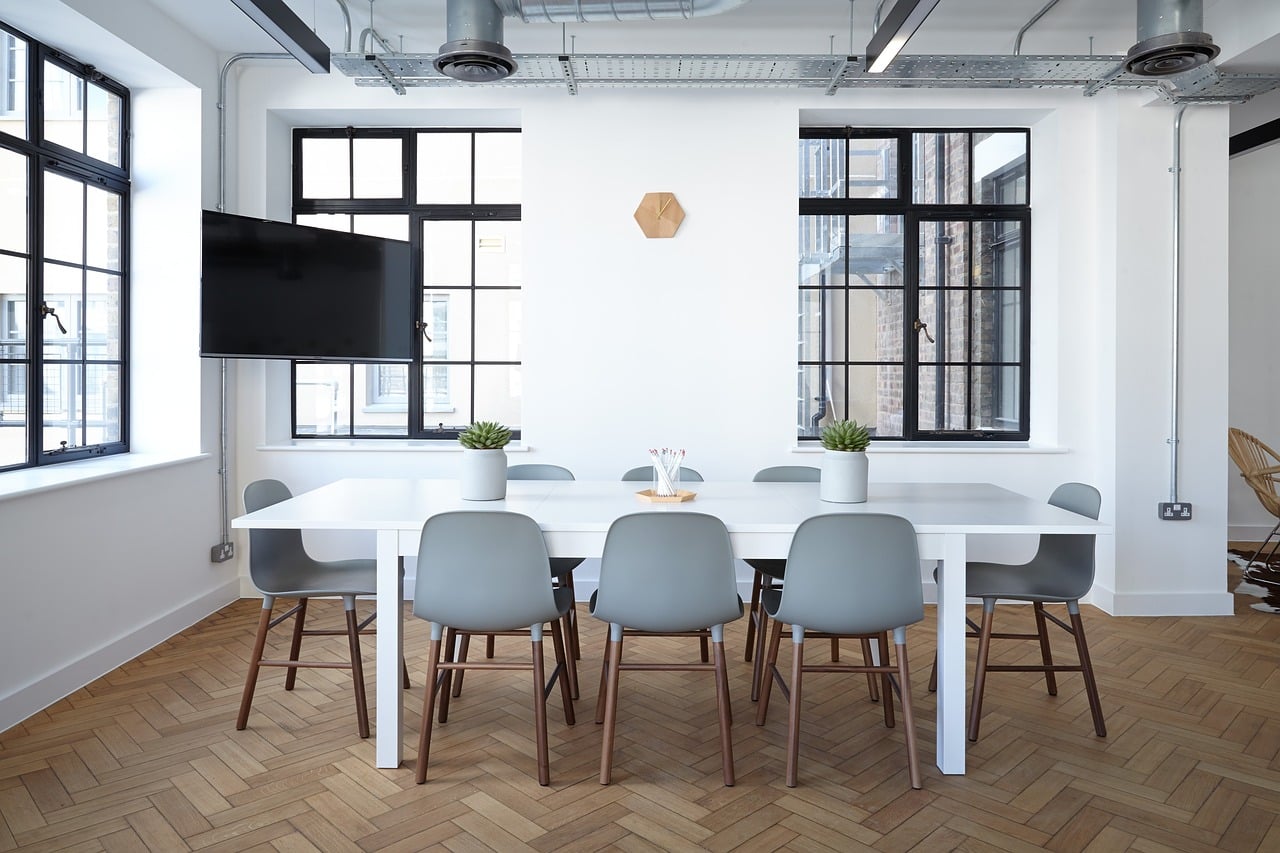In today’s ever-evolving administrative center landscape, it’s no secret that corporations have to adapt to deal with both remote and in-character paintings. This hybrid model isn’t just a transient trend, but an enduring shift inside the way we consider workplace space. As establishments appear to redefine their painting environments, it will become crucial to design spaces that foster collaboration, flexibility, and productiveness for all employees, regardless of their bodily region.
In the points below, we explore key techniques to create an office that fits the desires of both remote and onsite groups.
Flexible Workstations
The cornerstone of a hybrid-friendly office is flexibility. Adjustable workstations that can be without problems reconfigured depending on the needs of the day are valuable. These setups permit employees who come to the workplace sometimes to locate a comfortable and efficient space without difficulty. For those who change among remote and in-office paintings, ergonomic fixtures that could adapt to various duties and private preferences is important.
Technology Integration
Seamless technology integration is vital for a hybrid office. Ensure that every space is equipped with high-speed internet, power outlets, and present day AV systems to support virtual meetings. This technology should be as accessible in personal workstations as it is in communal areas to ensure that remote team members can interact with their colleagues in the office with no hitches.
Collaborative Spaces
Dedicated spaces for collaboration are a must. Think beyond the traditional conference room and design regions that encourage spontaneous interplay and creative brainstorming. These spaces ought to be geared up with tools like whiteboards, screens for sharing digital content material, and comfortable seating that encourages longer discussions.
Quiet Zones
Just as collaboration is vital, so too is the need for quiet, focused work. Quiet zones or soundproof pods are excellent for deep work and can be used by anyone who needs to escape the bustle of the main office area. These spaces are especially appreciated by remote workers who may need to concentrate during their time in the office.
Community Areas
The office should also have areas where employees can relax and socialise. These spaces are crucial for building a sense of community and belonging, which is often missing from remote work. A well-designed kitchen, a coffee area, or even a game room can make the office feel more welcoming and enhance employee satisfaction and retention.
Adjustable Seating Options
While traditional office chairs have their place, incorporating more dynamic seating options can enhance the functionality and comfort of your office. You can buy office stools in Brisbane that offer a versatile seating solution perfectly suited to collaborative spaces, cafes, and standard desks, making them an excellent investment for a hybrid office.
Biophilic Elements
Incorporating natural elements into office design can boost wellbeing and productivity. Indoor plants, natural light, and factors like water functions or wood can lessen pressure and enhance cognitive function. These capabilities make the office a more inviting area for each faraway and in-person employee.
Sustainability
Today’s workforce is increasingly environmentally conscious. Designing an adaptable workplace with energy-efficient systems, sustainable materials, and recycling applications indicates a commitment to the planet and can increase your organization’s reputation.
Try incorporating these design tips into your hybrid work environment today
Designing an office space for hybrid work includes balancing various factors to support both remote and in-person work. By focusing on flexibility, technology, and comfort, businesses can create an environment that meets the numerous needs of their workforce. As work dynamics keep to conform, the workplace space should also adapt, providing a supportive and efficient environment for every employee, every day.




